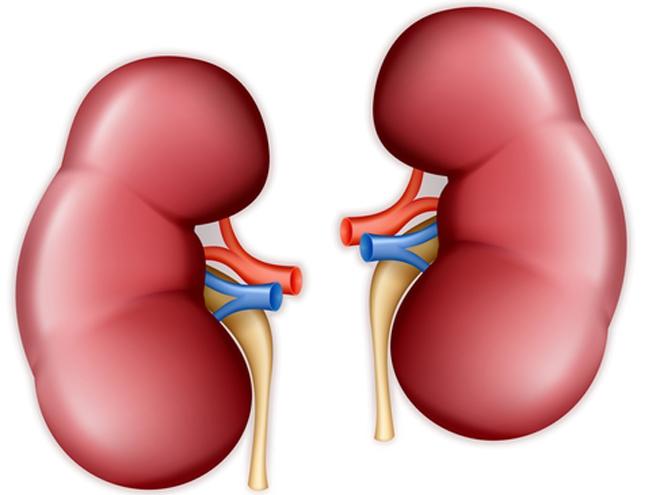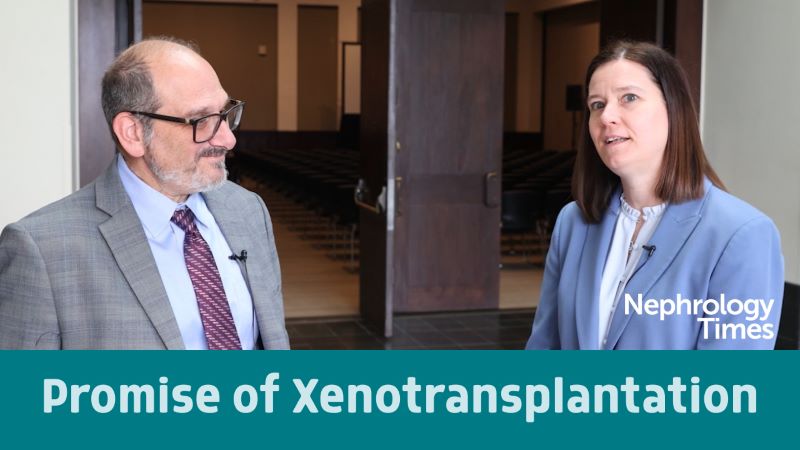
In 2014, of the estimated 11 million undocumented immigrants living in the United States, 2.6 million lived in California. Of those 2.6 million, approximately 6500 had end-stage kidney disease (ESKD). The Emergency Medical Treatment and Active Labor Act provides treatment, including dialysis, in the event of an acute, life-threatening condition at Medicare-participating hospitals. However, in most states outpatient maintenance dialysis is not covered for undocumented immigrants. Further, despite both maintenance dialysis and kidney transplant being more cost-effective options and offering better outcomes than emergency-only dialysis, Medicare does not cover those costs for undocumented immigrants.
California is one of only a few states to use state funds to provide undocumented immigrants with access to maintenance dialysis and kidney transplant. There is a perception among health care workers that due to language barriers and lack of access to immunosuppressive medications and health care, undocumented immigrants have a higher risk of transplant failure compared with US residents. Natsuki Eguchi, BS, and colleagues at the University of California, Irvine, conducted a study to assess outcomes of kidney transplant among undocumented immigrants at the center. Results were reported online in JAMA Network Open [doi:10.1001/jamanetworkopen.2022.54660].
The single-center, retrospective cohort study was conducted between January 1, 2012, and September 1, 2019. Patients who received a kidney transplant at the University of California, Irvine, during the study period were included. Data analysis occurred from October 2020 to August 2021. The study exposure was citizenship status. Undocumented immigrants were defined as immigrants residing in the United States without permission or legal documentation.
The primary end point was all-cause graft loss, defined as the return to dialysis, need for second kidney transplant, or death. Secondary end points included all-cause mortality and acute kidney allograft rejection. Multiple Cox proportional hazard regression analysis was used to compare all-cause mortality between the two study groups (US residents and undocumented immigrants). Other outcomes, including all-cause graft loss and acute rejection, were assessed by competing risks regression with mortality and mortality plus graft loss serving as competing risks, respectively.
During the study period, 446 patients received a kidney transplant at the University of California. Mean age was 47 years, 59% (n=261) were male, and 26% (n=114) were undocumented immigrants. Compared with US residents, those in the undocumented immigrant group were younger and less likely to have pretransplant diabetes. Half of the US resident cohort was Hispanic while up to 95% of the undocumented immigrant cohort was Hispanic. The two groups were similar in dialysis modality; however, duration of dialysis in the undocumented immigrant group was significantly longer (mean, 6.00 in the US resident group vs 7.10 in the undocumented immigrant group; P=.04). Five percent of patients in the US resident group received a preemptive transplant, compared with no patients in the undocumented immigrant group.
Patients in the undocumented immigrant group were less likely to undergo living donor kidney transplant (30% in US residents vs 18% in undocumented immigrants; P=.02). Cold ischemic times were longer in the deceased donor kidneys in the undocumented immigrant group compared with US residents. The two groups were similar in Kidney Donor Profile Index. There were no significant differences between the two groups in panel reactive antibody profiles; however, the rate of transplant for undocumented immigrants was 15% compared with 8% in US residents (a difference that did not reach statistical significance). Undocumented immigrants had only an 8% rate of high risk for cytomegalovirus, compared with 17% in the US resident group (the difference did not reach statistical significance).
Median follow-up was 3.39 years. During follow-up, 48 US residents and six undocumented immigrants experienced all-cause graft loss. In the US resident group, 24 of the 48 graft losses were identified as dialysis after graft loss; four of the six losses in the undocumented immigrant group were dialysis after graft loss.
At 8 years posttransplant, graft survival was 86% in the US resident group and 95% in the undocumented immigrant group. During the 8-year period after transplantation, 26 in the US resident group and two in the undocumented immigrant group died, for an 8-year survival rate of 92% and 98%, respectively. Biopsy-proven rejection was seen in 36 patients in the US resident group and nine in the undocumented immigrant group.
In unadjusted analysis, US residents had a 192% increased risk for all-cause graft loss compared with undocumented immigrants (hazard ratio [HR], 2.92; 95% CI, 1.25-6.85; P=.01). When adjusted for recipient demographics, comorbidities, and/or transplant characteristics, the results were slightly attenuated but remained statistically significant. When stratified for deceased donor kidney transplant, a 184% increased risk for all-cause graft loss remained among US residents (HR, 2.84; 95% CI, 1.11-7.22; P=.02). Following adjustment for age, ethnicity or delayed graft function, the increased risk became nonsignificant.
Although there was no difference between the two groups in dialysis after graft loss, the US resident group had a 343% increased risk for all-cause mortality (HR, 4.43; 95% CI, 1.05-18.69; P=04). Following stratification for deceased donor kidney transplant, the difference became nonsignificant.
There was no significant difference between the two groups in the incidence rate of kidney allograft rejection: US residents, 3.5 per 100 person-years versus undocumented immigrants, 2.4 per 100 person-years; rate ratio, 1.45 (95% CI, 0.90-5.05; P=.08).
The researchers cited some limitations to the study, including the single-center design, the small sample size, the possibility of several residual confounding factors, and the inability to account for genetic factors.
In summary, the authors said, “No significant difference in mortality, dialysis after graft loss, and rejection were evident among the US resident and undocumented immigrant groups. However, the undocumented immigrant group did exhibit an insignificant reduced risk for all-cause mortality which was likely due to their younger age. In conclusion, the kidney transplant outcomes of the undocumented immigrants are not inferior to those of the US residents; however, the undocumented immigrants have long been a minority in kidney transplant in the United States. Extending kidney transplant to undocumented immigrants may be a reasonable option to offer better ESKD outcomes to this undeserved population.”
Takeaway Points
- Researchers reported results of a study to compare outcomes of kidney transplant in a population of undocumented immigrants with those in a population of US residents at an academic medical center in California.
- The primary end point of interest was all-cause graft loss. Secondary end points were all-cause mortality and rejection.
- There were no significant differences between the two groups in mortality, dialysis after graft loss, and rejection. The undocumented immigrant group did exhibit an insignificant reduced risk for all-cause mortality.
Source: JAMA Network Open







 © 2025 Mashup Media, LLC, a Formedics Property. All Rights Reserved.
© 2025 Mashup Media, LLC, a Formedics Property. All Rights Reserved.